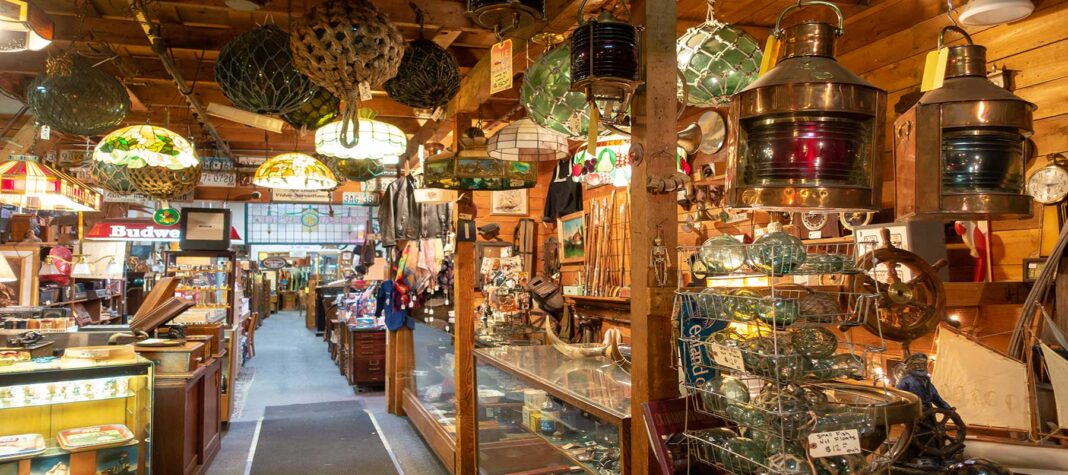Global sales reached in 2021 approximately $ 50.1 billion
Nowadays, even the banks themselves refuse to accept our deposits and redirect us to their other services. In such a situation, people think about an alternative to their savings account, be it real estate or an investment fund. We will introduce you to a very exotic form of saving for our country – investing in art. It is important to note that the profit from art is by no means fast, it is more like the type of investment in real estate – it remains for generations.
Last year, which we will inevitably remember with the outbreak of the Covid-19 pandemic of 365 planned world art fairs – 61% were canceled, 37% were held live and the remaining 2% – hybrid. This is recorded in Art Basel’s annual report on global sales in the art and antiques market.
According to the data, global sales of art and antiques in 2020 reached approximately 50.1 billion dollars, which is a decrease of 22% compared to 2019.
At the same time, online sales of works of art and antiques reached a record $ 12.4 billion, doubling in value from the previous year.
The three largest art centers
The United States, the United Kingdom and China saw sales decline. However, these key markets continue to account for 82% of the value of global sales in 2020.
In the United States, the market maintained its leading position, with a share of 42% of world sales, while China and the United Kingdom remained at around 20 percent.
Sales over $ 1 million
represent the majority (58%) of the value of public auctions for fine arts. It is important to note, however, that such expensive works accounted for only 6% of total online sales. In digital auctions, most of the value (67%) was formed by sales between $ 5,000 and $ 250,000.
In 2020, the largest sector in public auctions for fine arts is the market of the so-called. post-war and contemporary art (55%), which along with modern art accounts for just over 81% of the value of sales at fine arts auctions. In figures, contemporary art was traded for $ 4.7 billion last year. Although solid, this result represents an annual decline of 23 percent.
As for modern art – after losing almost a third of its value in 2019, sales fell another 23% in 2020 to reach $ 2.2 billion.
The Impressionist and Post-Impressionist sectors, the dominant category 30 years ago, showed the largest decline in value on an annual basis, with sales down 50% in 2020 to $ 900,000.
Advantages of investment
The main advantage of art as an asset is that its value does not increase or decrease with the movements of the stock market. Even if your stocks don’t perform well, your investment in art can perform well. In short: the main advantage of this type of investment is a good opportunity to achieve portfolio diversification. Ideally, though not always, art will continue to increase in value over time.
Each work is unique, and the art market, like any other market, has its upward and downward trends.
This is not an appropriate investment if you are reluctant to take a risk, as it is impossible to determine the true value of the work you are buying – it is determined by the artist’s reputation and the economy as a whole.
The expert pointed out that the interest among the investment community is the opportunity to invest in a fund that buys paintings for you and sells its shares.
This option is one of the most attractive, as it does not require the special knowledge needed to assess the growth potential of the asset, as the fund does this for you. This option also saves storage costs, as you do not buy and own the work of art directly, but units of the fund. The risk of buying an illegitimate asset is also neutralized, as experts buy high-value assets and verify their authenticity.
It is important to note that art is an illiquid asset (unlike stocks, bonds and savings accounts), whose liquidity is equivalent to that of selling real estate. This type of investment presupposes that the investor has excess funds and can be said to be appropriate and typical for those who maintain a higher standard of living.









